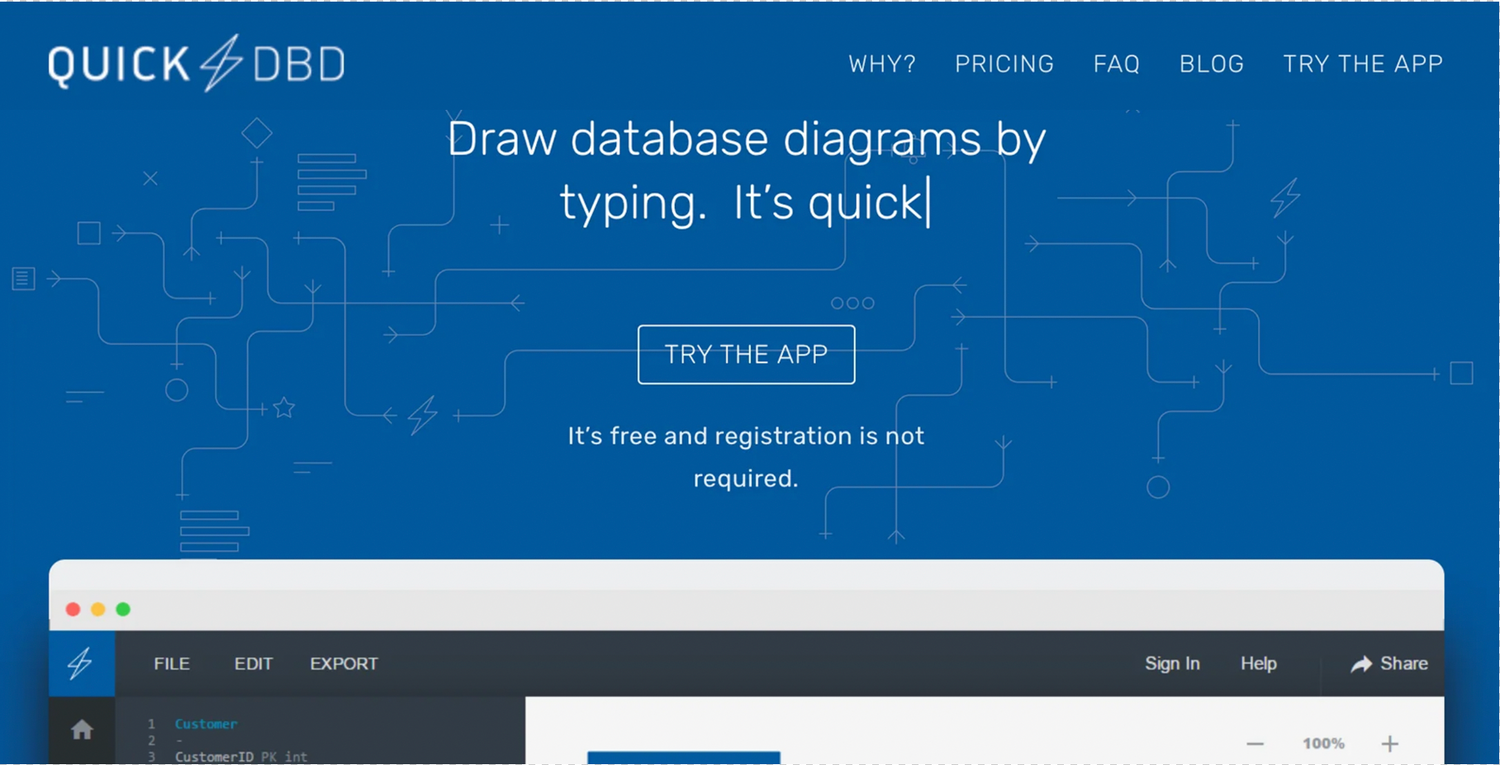In this blog, we'll unveil the best practices to make your website mobile-friendly, capturing the attention and loyalty of on-the-go users. From responsive design and streamlined navigation to lightning-fast loading times, we'll cover everything you need to know to optimize your site and stay ahead in the mobile revolution.
If you don't know, mobile devices are everyone's constant companion in today's world, so ensuring your site delivers an exceptional mobile experience is crucial.
Let's start with the importance of optimizing a website for mobile users.
NOTE: there will be some technical terms. Please research these terms and start to become familiar. This will help you better understand what we are talking about. You may be running a clothing or bath company, but you are also expected to realize tech when you are online.
How Important is Mobile Optimization?
Customers explore everything on their mobile devices. Google reports mobile searches have surpassed desktop search volume. As per a report by Statistica, more than half of web traffic is on smartphones.
These statistics point out one thing; mobile is the way now. If you optimize your website for smartphones and tablets, you'll reach more potential customers.
Ways to Optimize Your Site for Mobile Users
Here are a few ways to make your site mobile-friendly:
1. Test Your Site for Mobile Friendliness
You need to check how your website performs on smartphones.
How do you do this? Simple! Go to your website on your mobile device and see how it works!
You might be laughing or saying DUH! But so many owners never search their own websites. Usually, someone sets it up for them, or they design it on the desktop.
You need to access the website and understand how it functions by using it on your phone. And then use it on other devices. iPhones, Androids, iPhone Plus, big screens, small screens, and tablets.
By doing this, you will understand how quickly the site loads, how effectively the design adapts to smaller screens, if the content can still be read, and how user-friendly the navigation is.
You could even use specialized testing tools to dig further when you've finished. One tool is by Google, a Mobile-Friendly Test Tool that indicates what needs improvement.
2. Responsive Design: Your Website's Best Friends
Creating a responsive website is effortless these days. If you use WordPress or similar sites, they have themes and plugins to simplify this process. If you want a customized website, you can use CSS or HTML and design it from scratch.
Using readymade themes and plugins from WordPress can save you time and money. You can test the theme's response before buying/installing it and preview how it looks on different devices.
If you're having trouble making your site responsive, try a different page builder or switch themes.
If using Shopify, it's basically built-in without additional plugins. You still need to verify and search through the site on a mobile phone.
3. Navigation: Guiding Mobile Users with Ease
As the screen size changes, so should everything else. These changes may include simplifying menus and designing pop-ups for smaller screen sizes.
All your menus and pages should be aligned for touch-friendly interaction for more straightforward navigation through your site. Pop-ups on your website must be small so they don't cover the whole screen. They need to be precise and, most importantly, easy to close!
4. Speed Optimization: Don't Keep them Waiting!
In a world where mobile is king, website speeds are necessary. Your bounce rate will decrease if you speed up your website, and your users' experience will likely be improved, which is critical for business.
Here's what you can try:
- Data caching
- Reducing file sizes
- Optimizing images
- Minifying your codes
You can always hire someone if you need help with this. Try using UpWork to hire a freelancer.
5. Mobile SEO: Boosting Visibility in Mobile Search Results
"Search Semantics" for mobile devices differ from those on desktop. Customers are more prone to become distracted, make errors, and enter words out of sequence when searching on the go. These errors present a chance for skilled SEOs.
It's not recommended to use errors on your website; tags may be utilized to drive visitors from odd expressions. It can be manipulated to rank higher in mobile-friendly searches.
This technique multiplies the extent of your potential!
Additionally, it locks off any openings that your rivals may use to surpass you in the search results.
6. Creating a Mobile Application
There are several advantages to developing a mobile app a straightforward website cannot offer. For instance, it allows you to manage subscriptions through your interface directly and provide them. When you publish material or wish to communicate news, you may also use push notifications to get people's attention.
Creating a mobile app from scratch (or employing a developer) is feasible, but using a program that turns your website into an app is far simpler. Search for apps that can perform this function!
Parting Thoughts
By making your site mobile-friendly, you set it for long-term success in the digital world and meet your users' demands and preferences. Your website will get more people, keep them interested, and ultimately increase conversions if mobile-friendly.
Mobile users have high expectations for speed, usability, and accessibility. Following the strategies given in this guide, you'll be well-equipped to meet those expectations and deliver an exceptional mobile experience. So, let's optimize your site for mobile users and unlock the true potential of your online presence!



